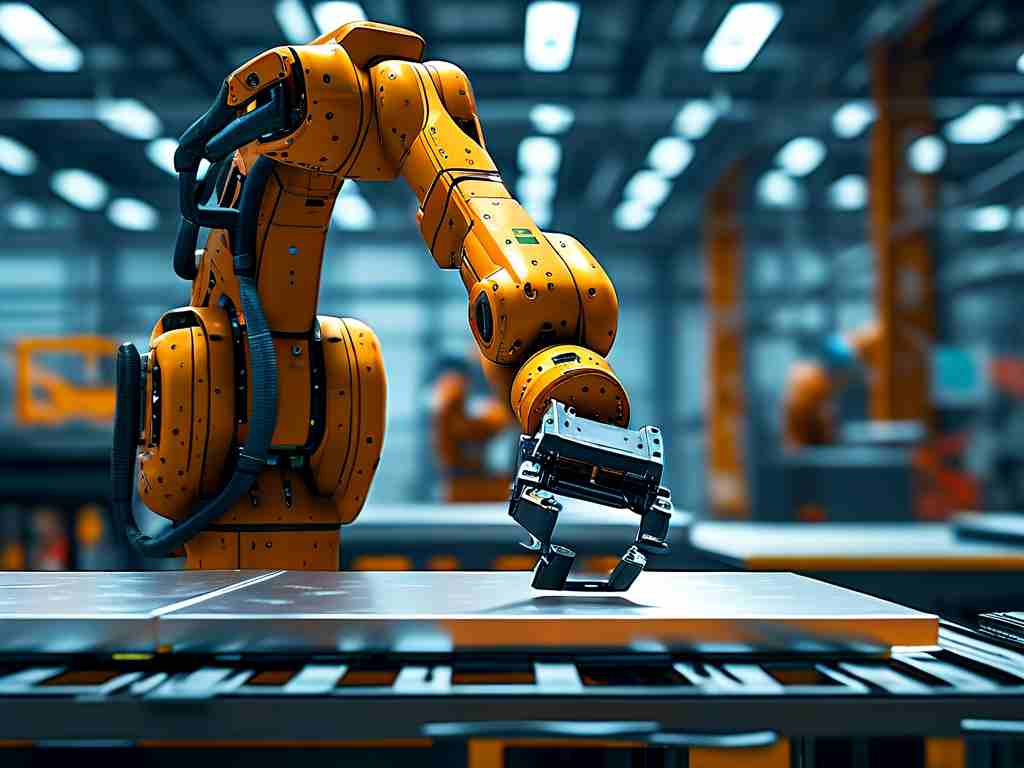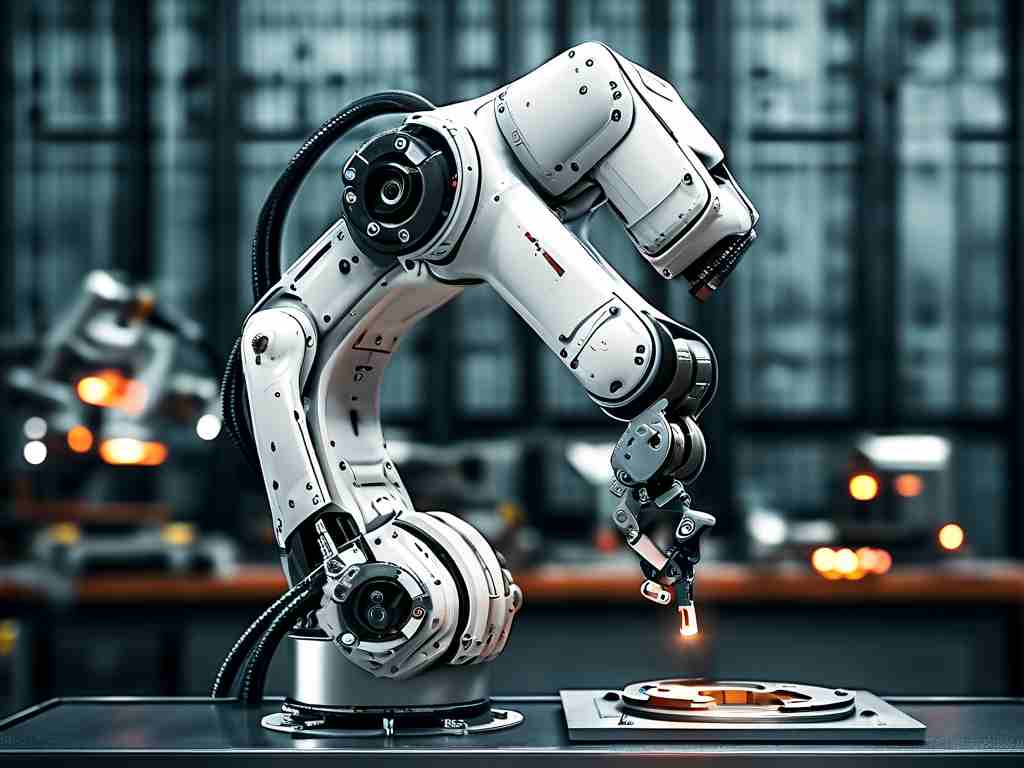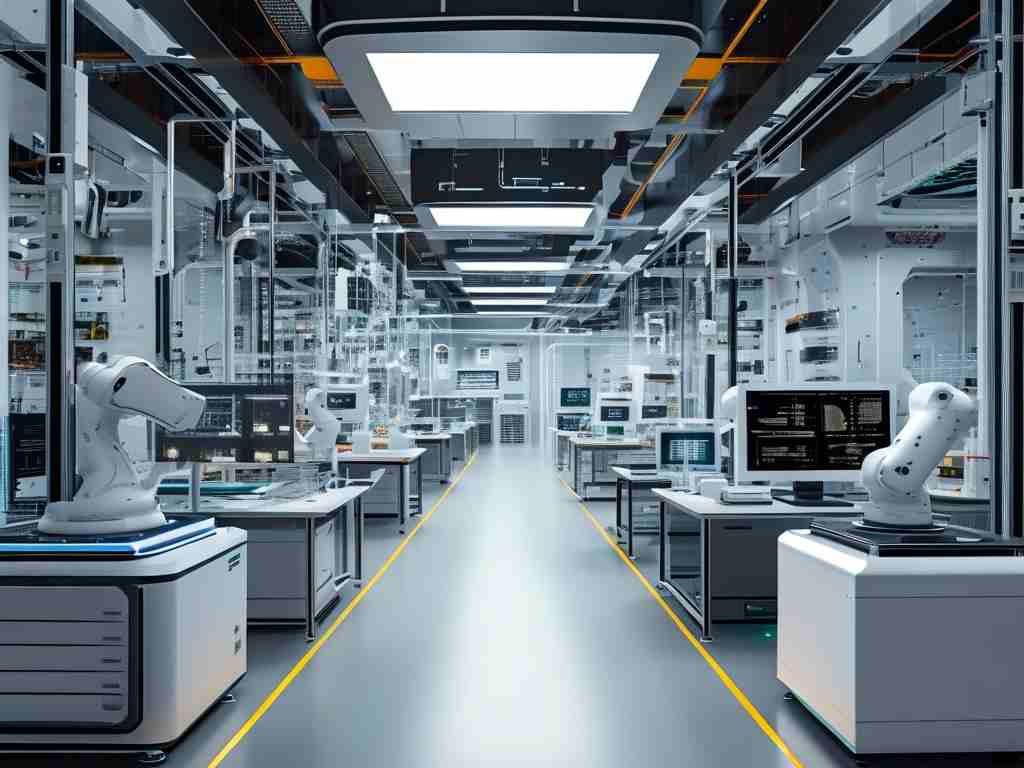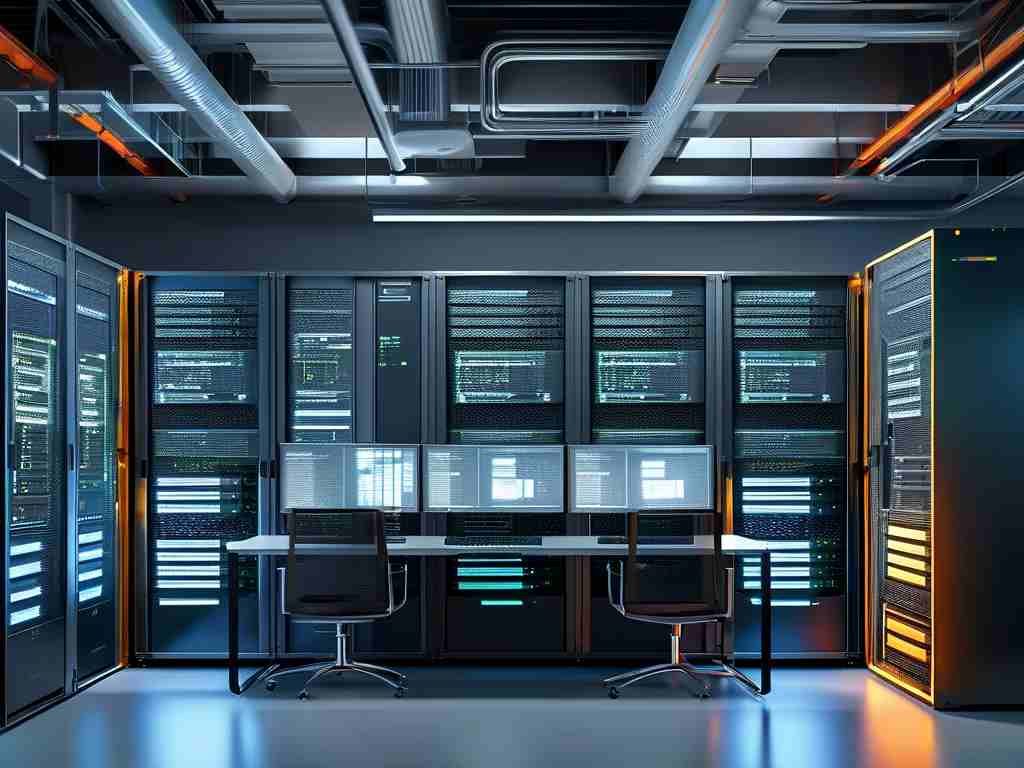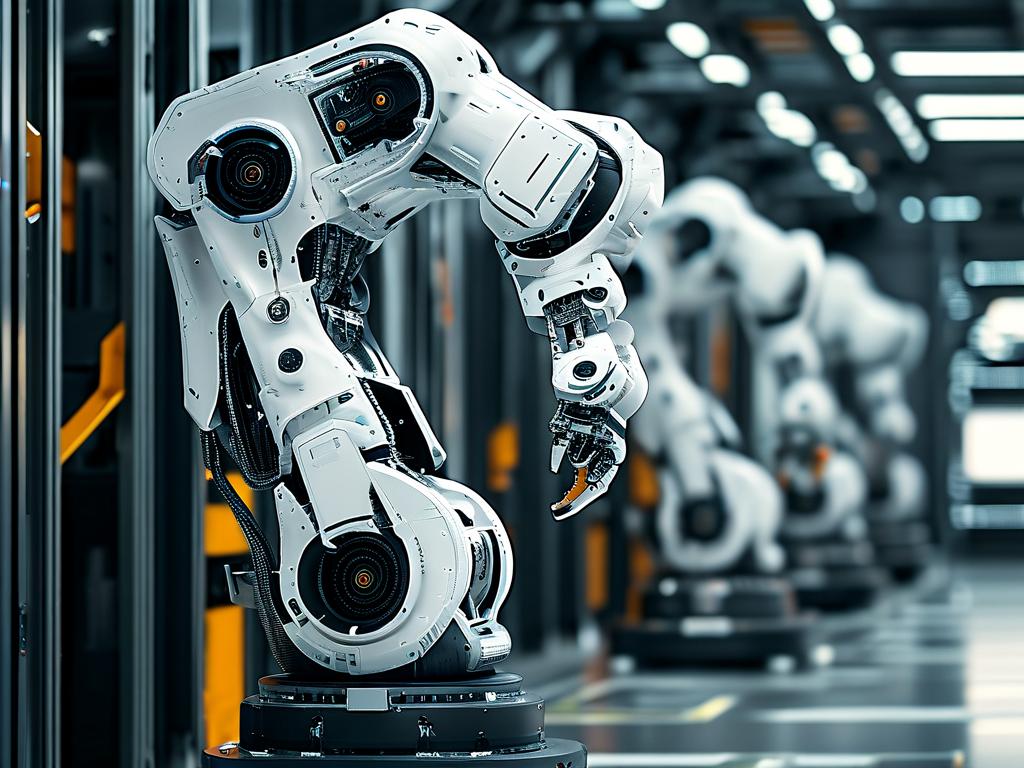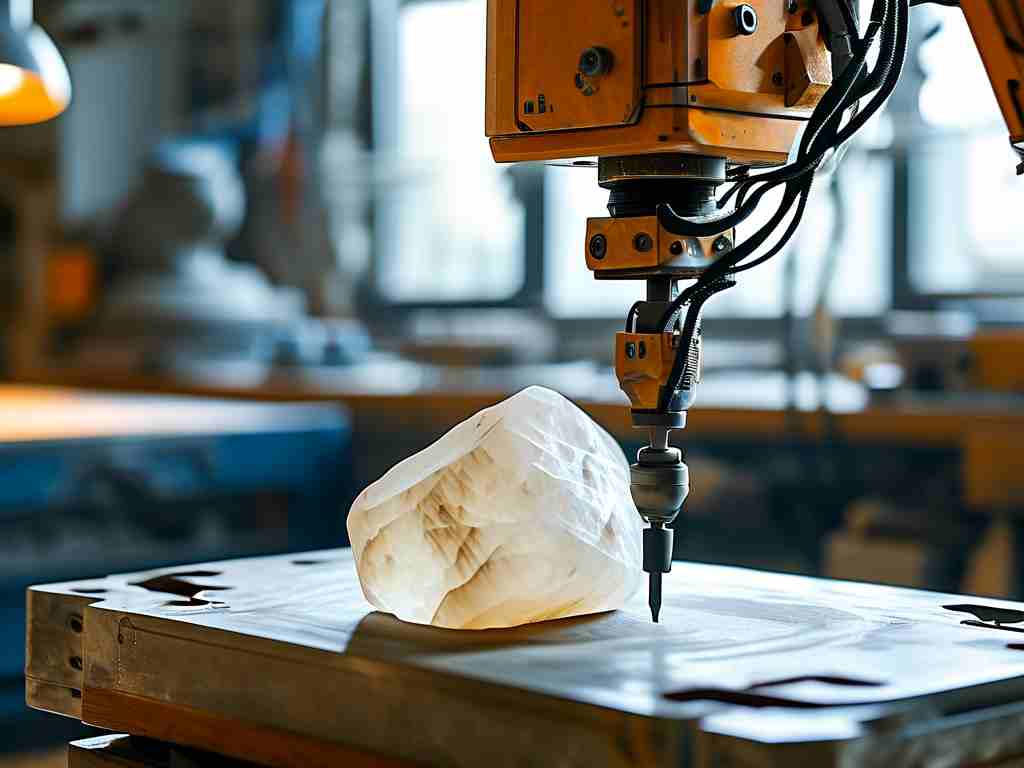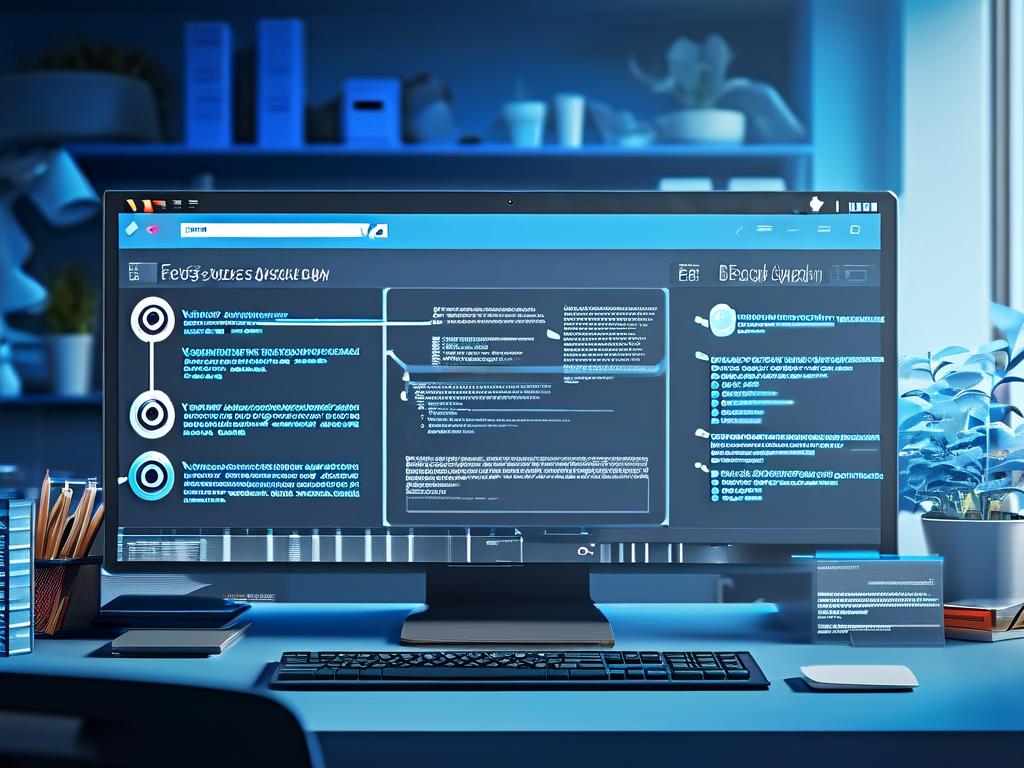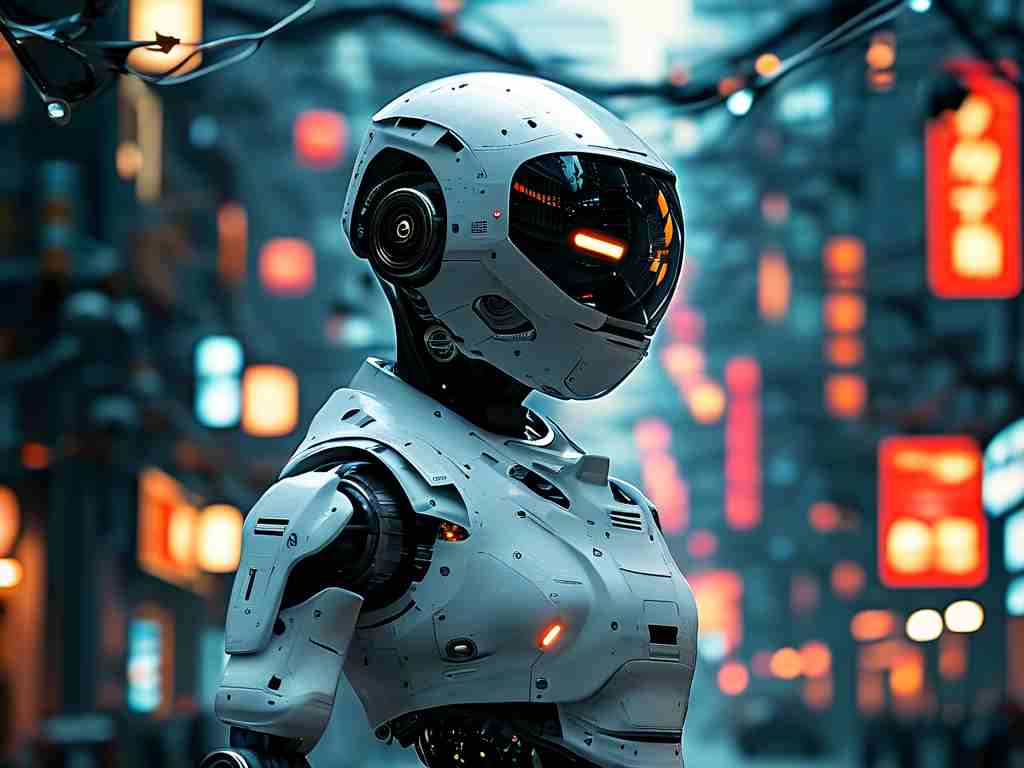The rapid evolution of food delivery robotics has transformed the hospitality and logistics industries, merging cutting-edge engineering with practical consumer needs. These autonomous systems, designed to navigate complex environments and deliver meals seamlessly, rely on a blend of advanced technologies such as artificial intelligence (AI), sensor fusion, and pathfinding algorithms. This article explores the technical foundations, challenges, and future trends shaping this burgeoning field.
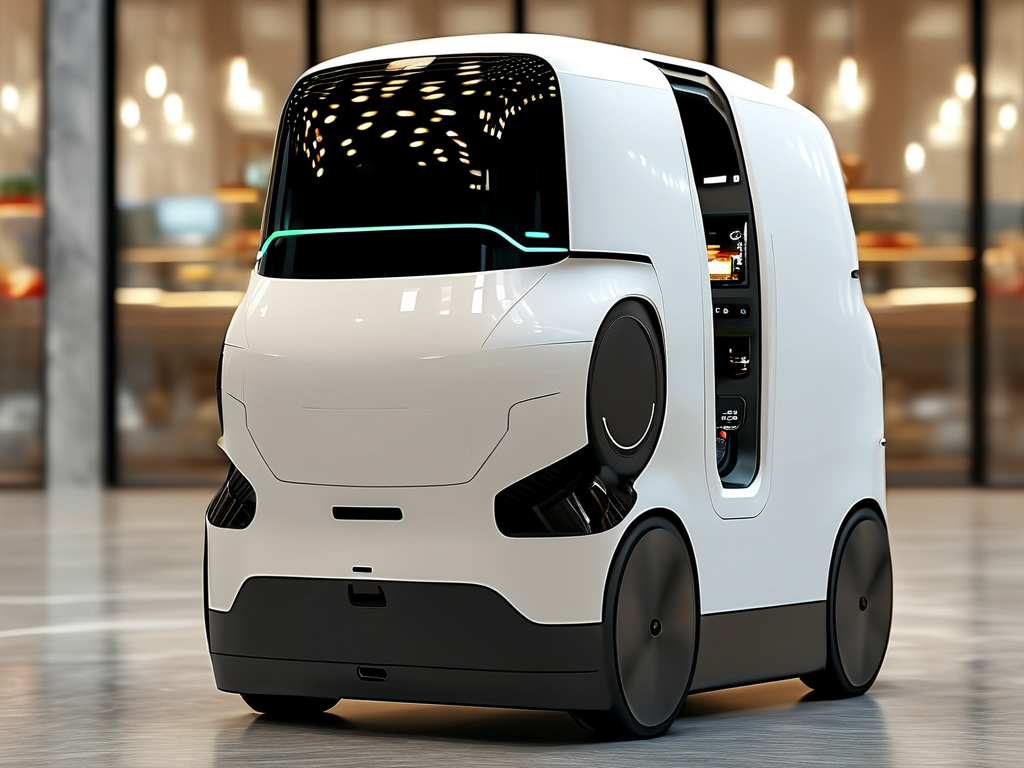
Core Technologies Driving Development
At the heart of food delivery robots lies simultaneous localization and mapping (SLAM) technology, which enables machines to create real-time maps of their surroundings while tracking their position. Modern systems integrate LiDAR, ultrasonic sensors, and 360-degree cameras to detect obstacles, recognize pedestrian movements, and adapt routes dynamically. For instance, robots deployed in urban areas use predictive analytics to anticipate crowded sidewalks during peak hours, adjusting their speed or rerouting to avoid delays.
Another critical component is cloud-based fleet management. Centralized platforms analyze data from multiple robots to optimize delivery schedules, battery usage, and maintenance alerts. Companies like Starship Technologies leverage this approach to coordinate hundreds of robots across university campuses, reducing average delivery times by 30% compared to human couriers.
User Interaction and Safety Protocols
To ensure smooth human-robot collaboration, developers prioritize intuitive interfaces. Touchscreens with multilingual options and voice command compatibility allow users of all ages to interact effortlessly. Safety remains paramount: infrared sensors halt movement if a person or object enters a 1-meter radius, while emergency stop buttons provide manual override capabilities. Recent trials in Tokyo’s busy shopping districts demonstrated a 99.8% collision-free operation rate over six months, showcasing the reliability of these safeguards.
Challenges in Real-World Deployment
Despite progress, technical hurdles persist. Uneven terrain, weather conditions, and unpredictable human behavior pose significant risks. For example, rain-slicked pavements can disrupt wheel traction, and sudden pedestrian movements may confuse navigation algorithms. Engineers address these issues through reinforcement learning models that simulate thousands of scenarios, teaching robots to respond to rare but critical events. Additionally, modular designs allow quick component swaps—such as replacing wheels with treads for snowy environments—to maintain operational continuity.
Regulatory compliance further complicates scalability. Cities like San Francisco and London enforce strict speed limits (typically 6–10 km/h) and mandate insurance policies for commercial robots. Startups often collaborate with municipal authorities to establish "robot zones" with dedicated lanes, balancing innovation with public safety concerns.
Sustainability and Cost Efficiency
Electric-powered delivery robots offer environmental advantages over traditional gas-fueled vehicles. A study by the University of Michigan found that replacing 20% of urban food delivery fleets with robots could cut carbon emissions by 12,000 tons annually. Battery advancements also play a pivotal role: solid-state batteries now provide 8–12 hours of runtime on a single charge, slashing downtime. Economically, businesses report a 40% reduction in last-mile delivery costs after integrating robotics, though initial R&D investments remain high.
Future Directions and Industry Impact
Looking ahead, 5G connectivity and edge computing will enable faster decision-making by processing data locally rather than relying solely on cloud servers. Hybrid models combining ground robots with aerial drones are also under exploration for multi-story deliveries. Meanwhile, AI-driven personalization could let robots remember customer preferences, such as favoring contactless drop-offs or reusable packaging.
In , food delivery robotics represents a symbiotic fusion of engineering ingenuity and societal demand. As technology matures and adoption grows, these systems will redefine efficiency standards while addressing sustainability goals—a testament to the transformative power of automation.


